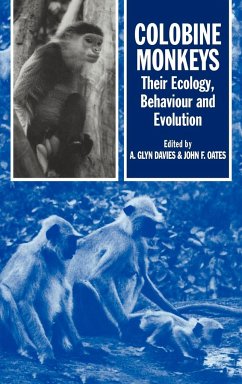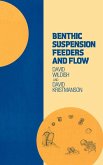The colobine monkeys of Africa and Asia have a digestive system unique among primates. This system analogous to that of ruminants, allows them to exploit foliage and seeds as food, and opens niches that are closed to other mammals. From a Miocene origin, the colobines have radiated to inhabit a wide range of forest and woodland habitats in the Old World tropics where they are often the most abundant arboreal mammal. Many long-term studies of colobine ecology and social behaviour have been undertaken, but until now no synthesis of this work has been available. This book provides this synthesis, setting it within the context of colobine evolutionary history, anatomy and physiology. It portrays the adaptive radiation that has resulted from the interaction between the special features of colobines and a set of forest ecosystems that vary in their flora, fauna, chemistry and seasonality. This book compares and contrasts the colobines with other mammalian groups, particularly ruminants and other primates. It will be of relevance to workers in evolutionary ecology, primatology, physical anthropology and tropical biology, and will remain a significant and useful reference for many years to come.
Hinweis: Dieser Artikel kann nur an eine deutsche Lieferadresse ausgeliefert werden.
Hinweis: Dieser Artikel kann nur an eine deutsche Lieferadresse ausgeliefert werden.








